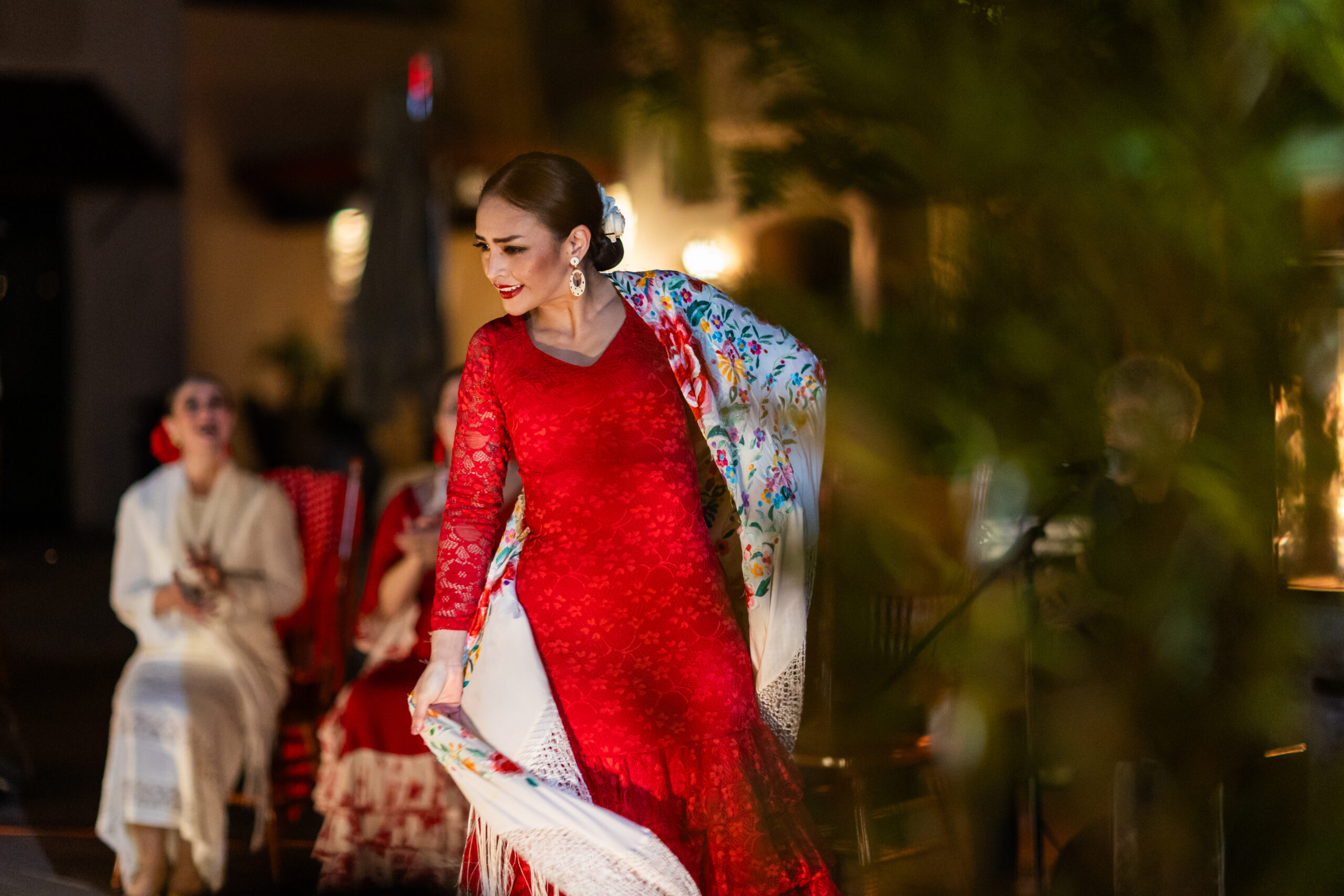Preparing for my first flamenco tablao was more than just rehearsing steps—it was a crash course in everything that goes into making a performance happen. Since it was a small, student-organized event, we had to handle almost everything ourselves. We set up the wooden floor panels to ensure the sound of our footwork carried properly, adjusted the lighting to create the right atmosphere, and even coordinated with the musicians to finalize the structure of each piece. The hours leading up to the performance were a blur of last-minute adjustments, checking sound levels, and dealing with the usual technical hiccups. By the time we were ready to begin, I was already exhausted—but there was no turning back.
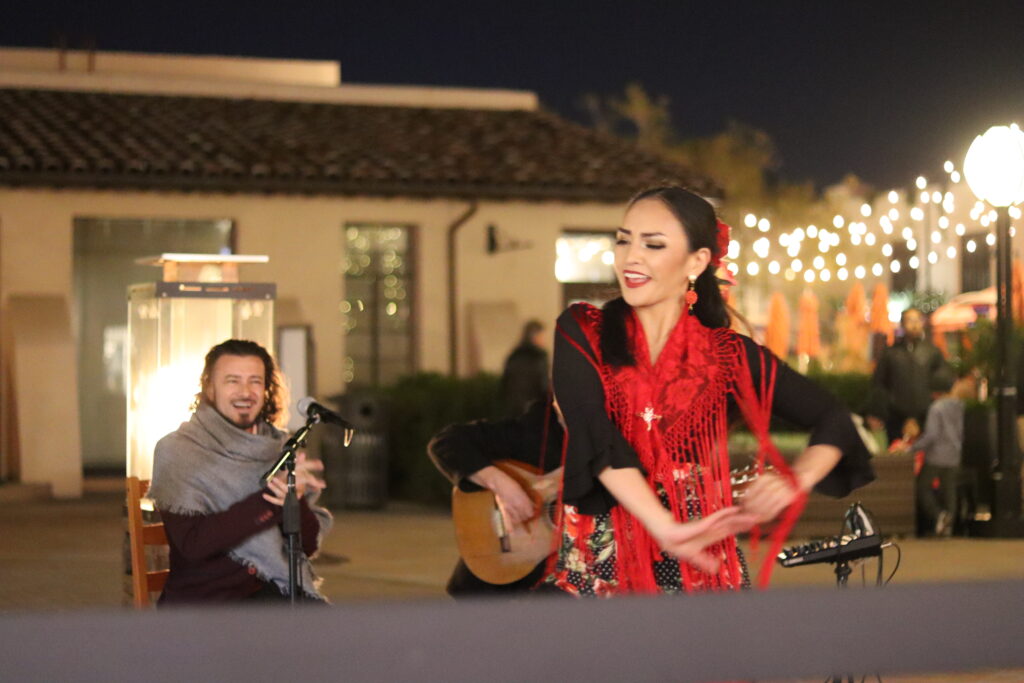
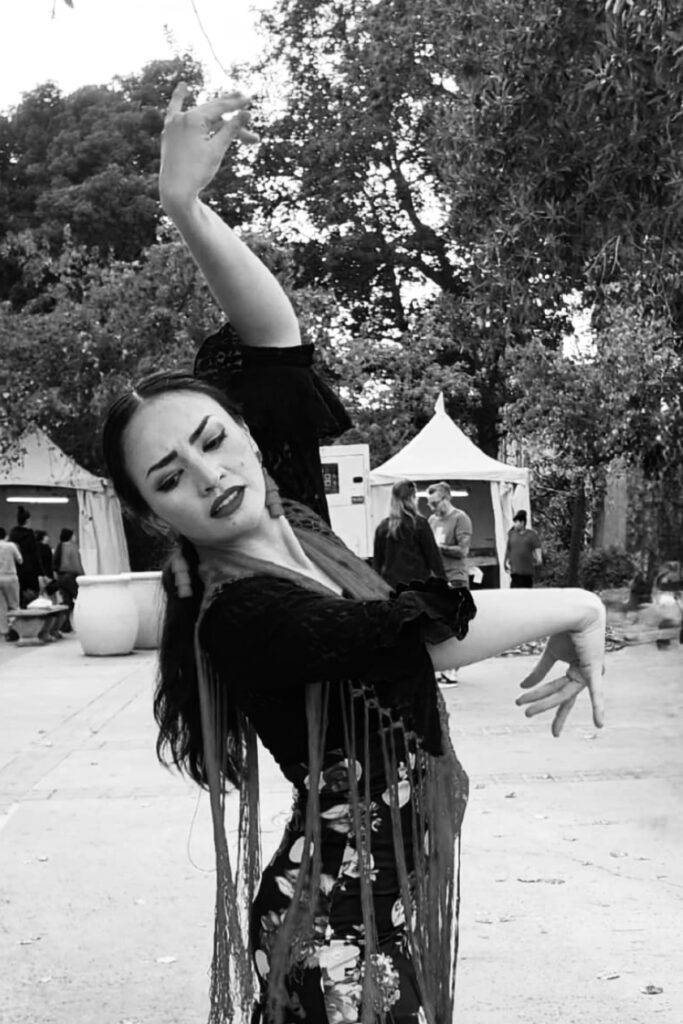
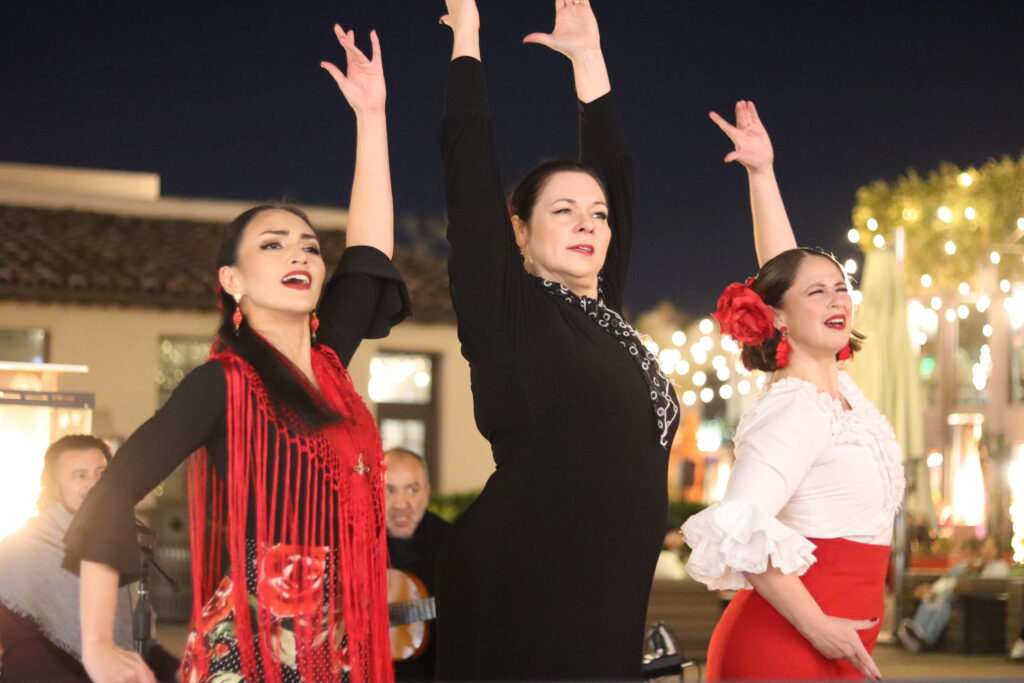
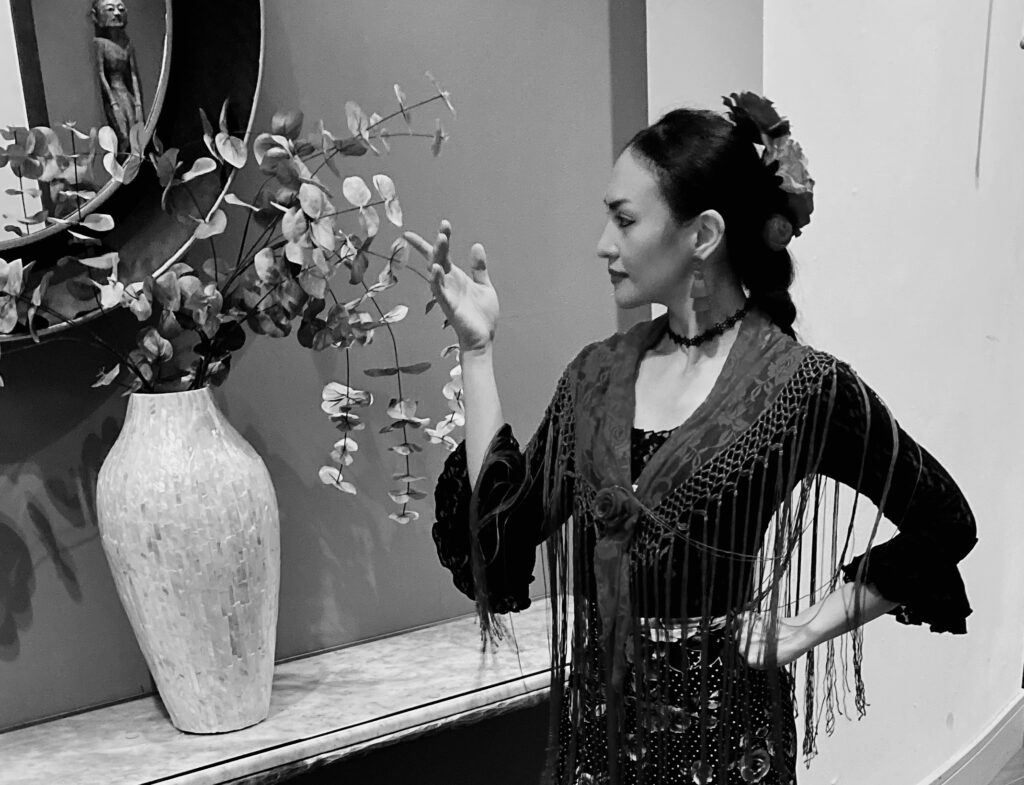
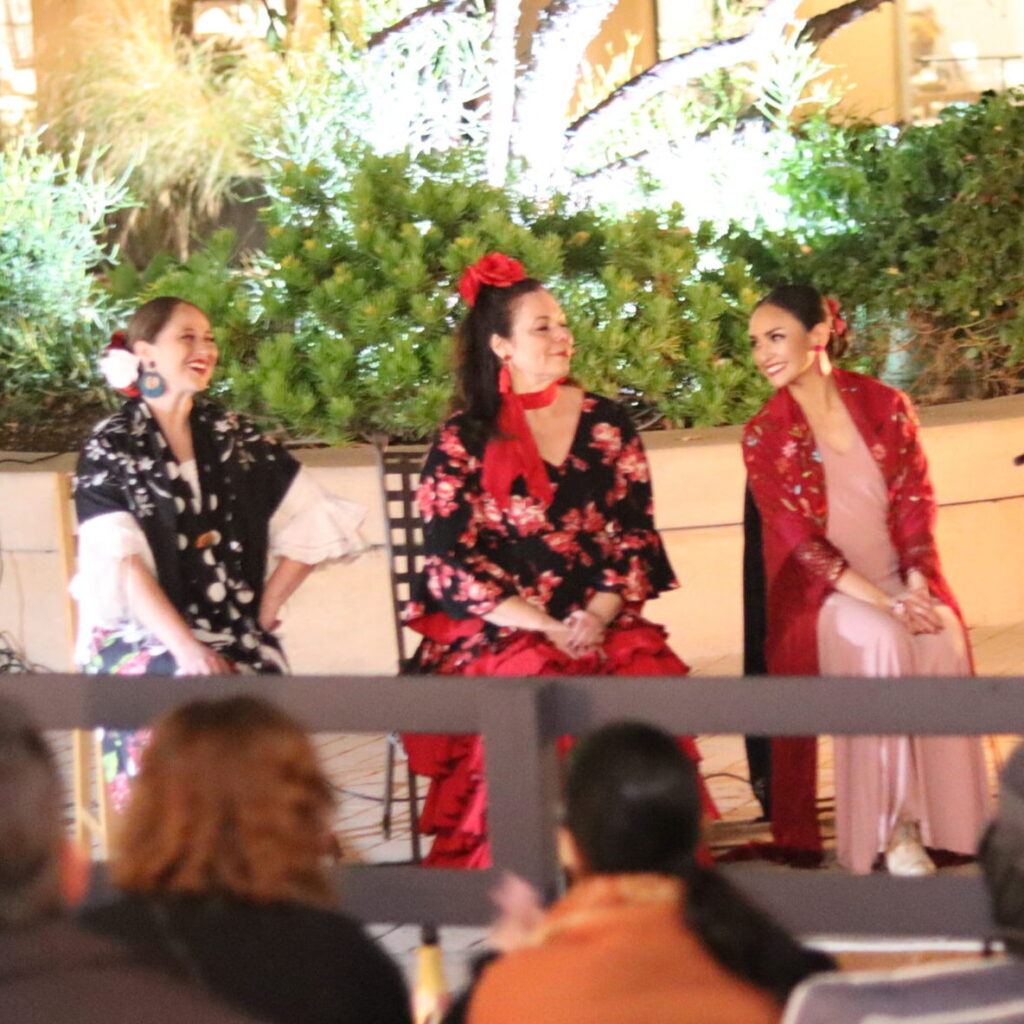
Once on stage, the fatigue disappeared, replaced by the sheer intensity of performing live. No matter how much I had practiced, nothing truly replicated the unpredictability of dancing in front of an audience. The compás felt different, the pacing changed slightly with the musicians, and I had to stay completely present to adjust in real-time. I hesitated in some moments, pushed through others, and found that despite the nerves, there were flashes of connection where everything clicked. It wasn’t perfect, but it was real.
Would I do it again? Absolutely. The process was challenging, from organizing the space to dealing with pre-show nerves, but the experience was worth it. There’s a different kind of learning that happens on stage, something that no amount of studio practice can replicate. Next time, I’ll be better prepared—both for the performance and the chaos that comes with making it happen.

